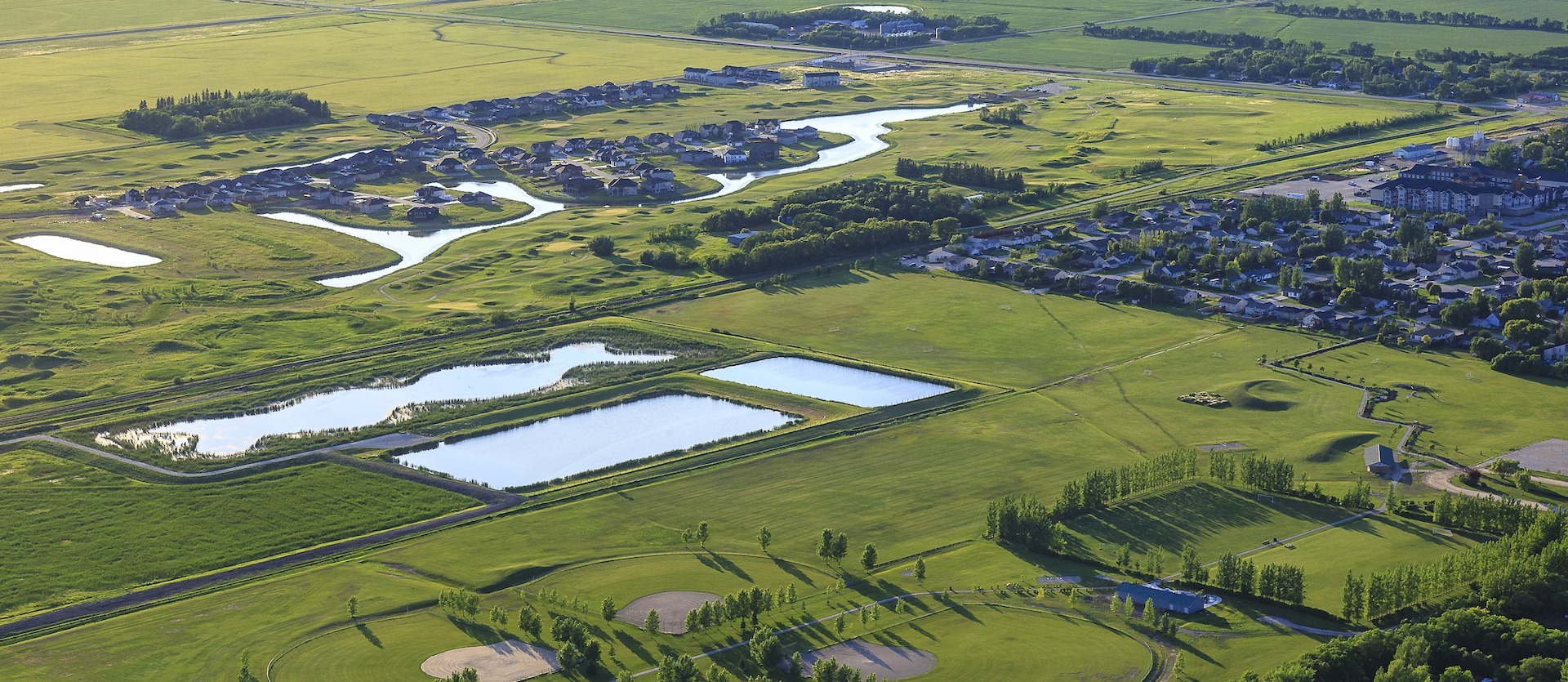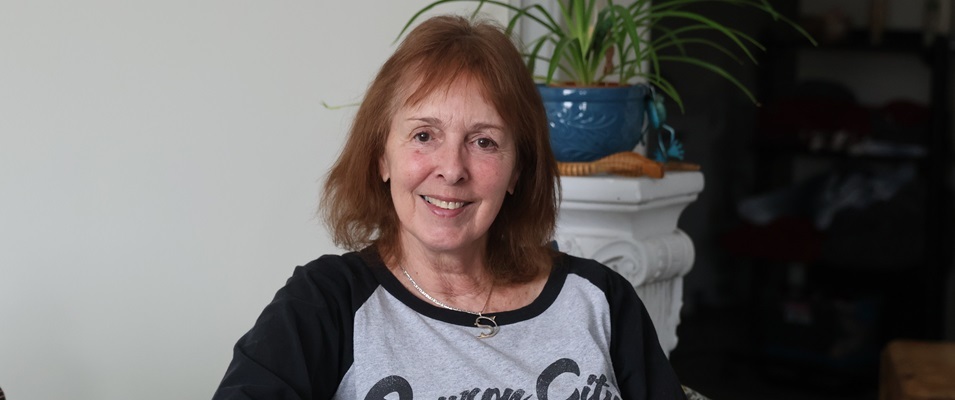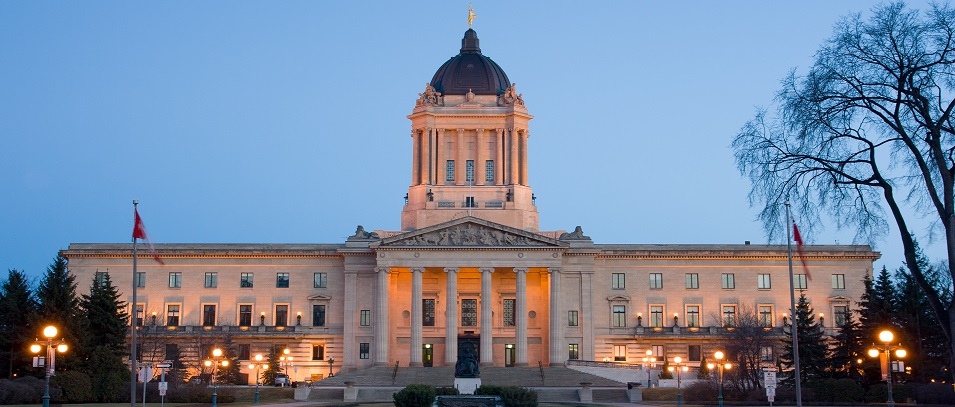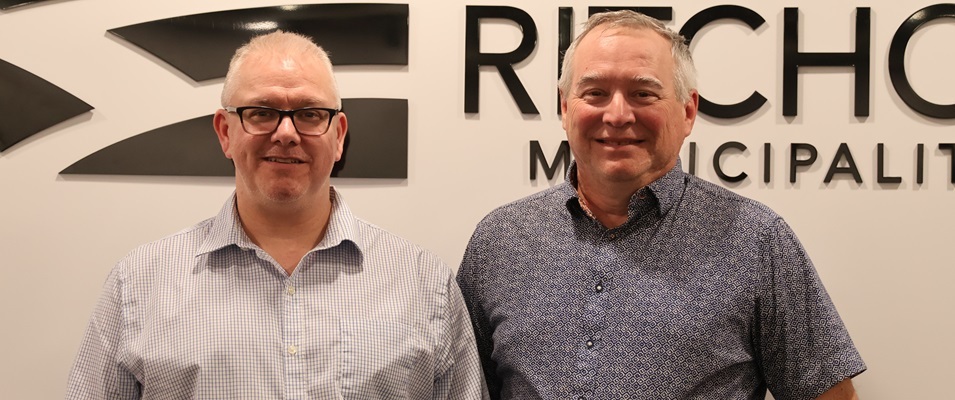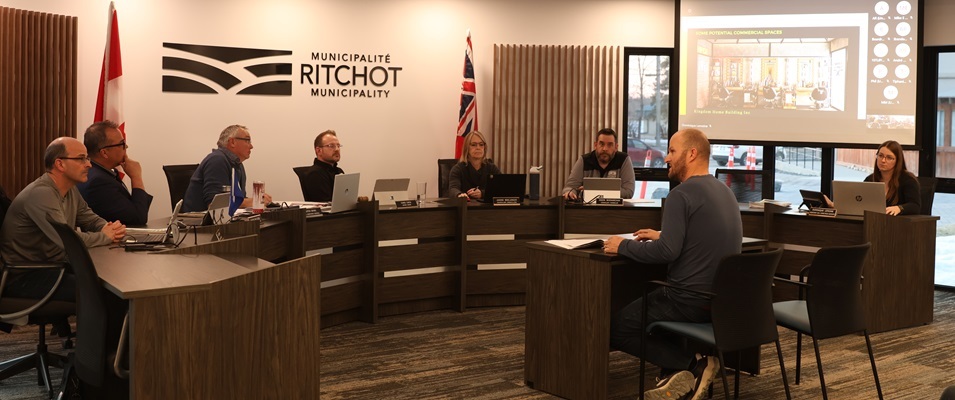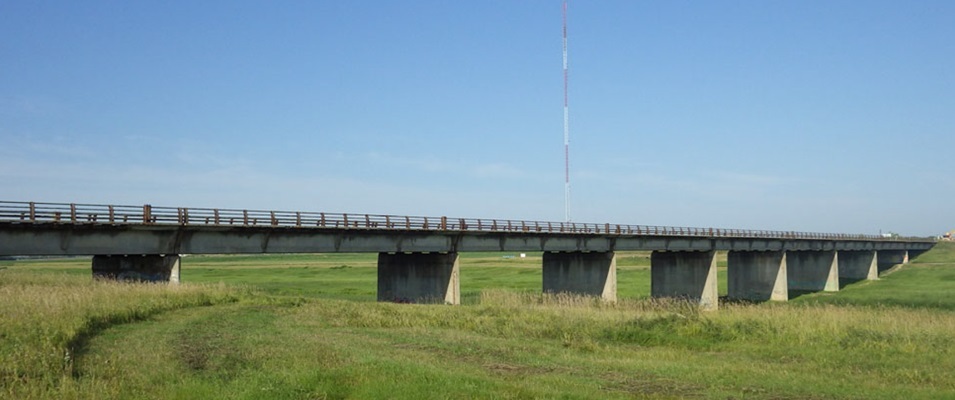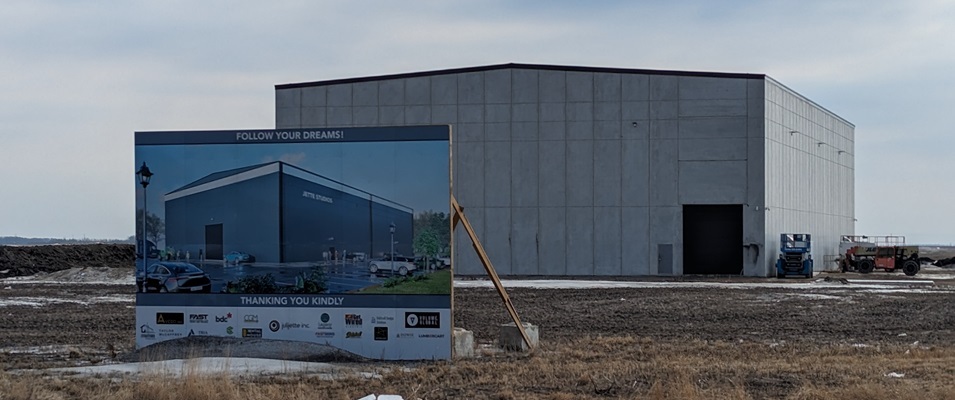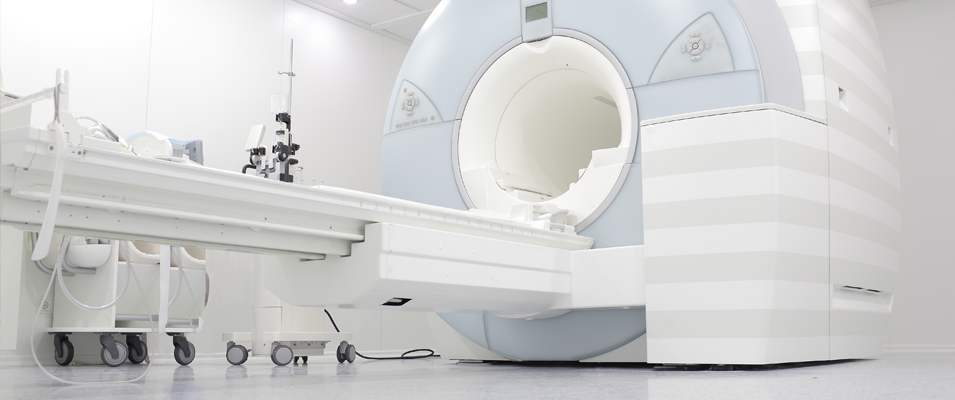
While the province hasn’t said a definitive yes or no to Niverville’s proposed MRI clinic, the plans are on hold—for now. The anticipated construction of the Heritage Life Diagnostic Centre (HLDC) was set for 2018, with a grand opening later this year. The clinic would round out Niverville’s expanding medical options, offering diagnostic services such as MRI (magnetic resonance imaging), ultrasound, and x-ray.
In 2017, the Wait Times Reduction Task Force (WTRTF), established by Minister of Health Kelvin Goertzen, held consultations in communities across the province to gather information regarding wait times in emergency care and surgical and diagnostic procedures. In December, based on their findings, the task force submitted their 384-page analysis to the Minister of Health. The WTRTF determined that capacity could be increased at the province’s existing 13 MRI units, which would alleviate the need and cost of adding more units.
“There is capacity within the existing infrastructure to provide more MRI services, without adding additional MRI scanners, by expanding the hours of operation,” the document states. “Running all [existing] scanners for 16 hours per day, including on weekends and statutory holidays, would add nearly 200 hours per week, without the need for overnight shifts.”
According to a CBC report, this approach would come at an estimated cost of $1.8 to $2 million a year.
In the past ten years, the wait list in Manitoba has increased by 340 percent. In 2017, the average wait time for an MRI across Manitoba was more than six months. The WTRTF suggests that there may be some correlation to this increased wait time by recognizing that it was also ten years ago when family physicians and nurse practitioners were given authorization to order MRI scans, and not just specialists. Regardless, by extending the hours of operation, the task force says the wait list could be eliminated as early as May 2019.
In its analysis, the WTRTF also revealed findings that indicate MRIs have been ordered in times when they may not have been necessary.
“While it appears the demand has been steadily growing, it is not clear how many of the referrals are for MRIs which are useful in order to diagnose or determine a treatment plan for a patient, and how many would be considered ‘inappropriate,’” states the document.
They have also made recommendations to tighten up protocols for ordering scans.
Grand Forks, North Dakota boasts MRI scans without a wait, sending many Manitobans south of the border for expedited service. These are the very residents the HLDC was intending to target, along with professional sports teams and Workers Compensation Board clients: people or organizations who wish to pay for their MRIs out of pocket anyway.
Gord Daman, spokesperson for Niverville Heritage Holding Inc. (NHHI), says that they aren’t so much disappointed with the task force’s findings as impatient for the province’s final decision.
“This is for the common good, so if there is no longer a need for MRI capacity, that’s okay,” says Daman. “We only got involved to address a need that aligns with our mission at NHHI and the chance to work with a community resident. However, it is not fully clear as to whether the MRI capacity needs in the province can be met through simply doubling the hours of existing MRI sites. [There’s still] lots of challenges around that.”
Niverville’s plan for a diagnostic clinic is a unique one, proposing a third way to operate such a centre: not private, not public, but a combination of the two. While patients would be required to pay for their own MRI and ultrasound diagnostic services, these fees would be set by an NHHI-sanctioned administrative body to function on a sliding scale based on a client’s income level. X-ray and lab services would still be fully covered by Manitoba Health.
Daman says they’ve been given no indication of how long it will take until the province has reviewed the findings and makes a decision. The Health Minister has since also created a new oversight body called Shared Health, an organization whose mandate will be to provide services to regional health authorities. The task force findings will be reviewed by Shared Health, which won’t convene until April 1.
“The decision to proceed includes ensuring we are acting within the spirit of the Canada Health Care Act and whether there is a need for additional diagnostic services like MRIs in the province,” Daman says. “For the Town and NHHI, a further consideration is not to assume any capital and/or operational debt for the diagnostic centre. If the [operators] determine that these conditions can be reasonably addressed, and risk mitigated for all the stakeholders, in a not-for-profit environment, then the project would proceed.”
Doug Deans, the chairperson of Dauphin’s health foundation, was understandably less forgiving of the task force’s recommendations. At the time of the document’s release, the city of Dauphin was completing the final stages of a new addition to their regional health centre, complete with diagnostic space for an MRI machine as well as staff who have been hired and trained to run it.
“I’m surprised at the result of the findings from the report,” Deans told CBC News. “I think the value to rural citizens [is] endless for having an MRI in the Dauphin area. Some people need an MRI on a less-serious basis than others. Some need it on an emergency basis.”1
Deans added that the cost of air ambulance to Winnipeg in an emergency, or the cost and time of numerous commutes in a non-emergency, is significant to both the taxpayer and individuals.
The task force agrees with this concern, citing the repeated appointments a patient is required to go through before they reach the treatment stage. Despite these commonly held sentiments in rural Manitoba, the WTRTF is clear on their recommendations to the province.
“Based on the available information, the committee believes that the actual demand for MRI in Manitoba is lower than it appears,” states their report. “Therefore, while an increase in MRI volumes may be necessary to meet demand, further work must be done to assess the actual need for MRI in Manitoba. Until this work is complete there should not be further investment in installing new MRI machines in Manitoba.”
The question remains whether Niverville’s proposed diagnostic centre model will supersede some of these arguments. The proposal suggests that HLDC operators Yves Kimbo and Felipe Campusano will be assuming the entire cost of the building and diagnostic equipment, thus alleviating any additional strain on the provincial healthcare budget. Licensing and quality control will be left up to the province.
“The reason to wait for the direction of Shared Health is to see if the province will significantly reduce the wait times by extending hours at existing provincially run MRIs,” says Daman. “If they do and the wait times go down, folks will simply wait a few weeks for an MRI that won’t cost them money. In that case, Niverville’s would not be sustainable.”
Yves Kimbo was approached for comment but indicated that he prefers not to comment until more information comes to light.





